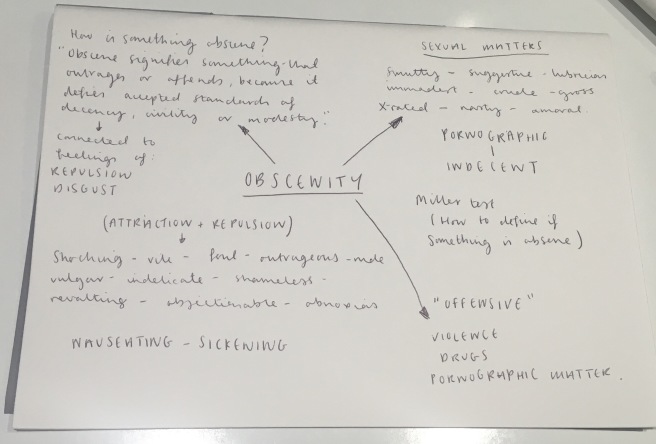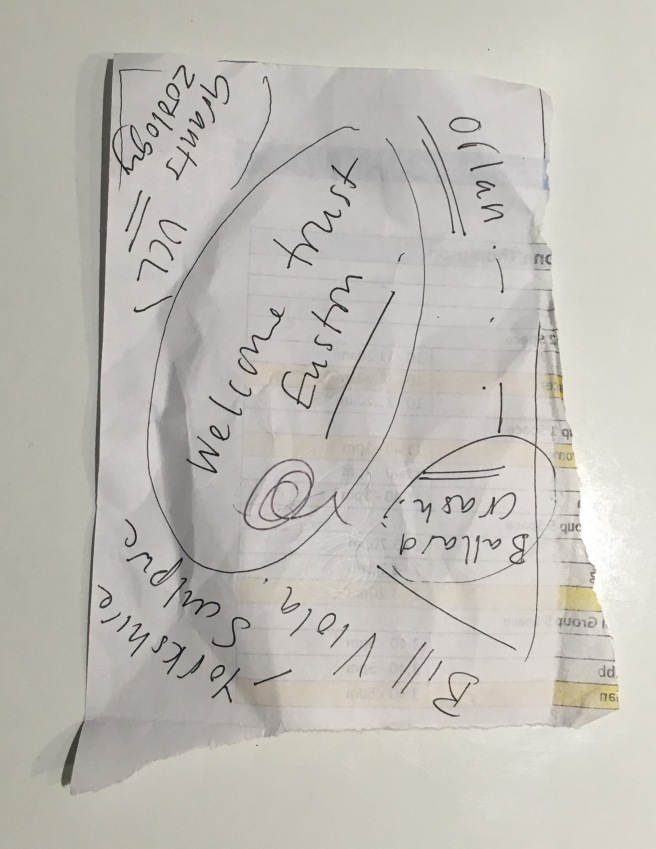
As skin was one of the my original interests in my work, I want to go back to it and explore how skin can be seen as obscene. Skin is normally not thought about much and is commonly not seen as repulsive or disgusting. It’s something we all have and because of this, isn’t seen as something outraging or offensive.
In an experiment to discover if skin could outrage or disgust I have photographed a small series of skin in different forms. this has included close up photographs of my own skin, my friends skin and also raw chicken. In the photographs I took of my own skin and my friends skin, I’ve captured ‘imperfections’ and marks on the body which look unusual and slightly obscene when not in context. This includes bruises, freckles and creases in the skin. Along side these photos I have taken close up images of raw chicken thighs, and compared these to the images of the human skin. Personally, I see these images as far more repulsive than the images of the human skin, however when these were shown to some viewers the main reaction I had was that the photographs were all as repulsive as each other.
When asking why, the answer I got was that because they were unaware of what the photographs were of, it was the unknown which made them repulsive.
Where on the body were these photos taken?
Who’s body were they taken on?
Which is the human flesh and which is the animal flesh?
‘Touching: The Human Significance of the Skin’ – Ashley Montagu, recommended to me by my tutor, is a book I’ve been reading about skin. It’s made me think and really consider the importance of skin as an organ rather than just a material. “The skin as an organ, the largest organ of the body, was very much neglected until recently. Our first medium of communication and our most efficient protector. Perhaps next to our brain, the skin is the most important of our organ systems.”
I feel like skin is often undermined and we forget how important it is, yet just see it as a material coating out bodies. This may contribute towards the lack of attention towards skin as well as the sometimes disgust at it.














